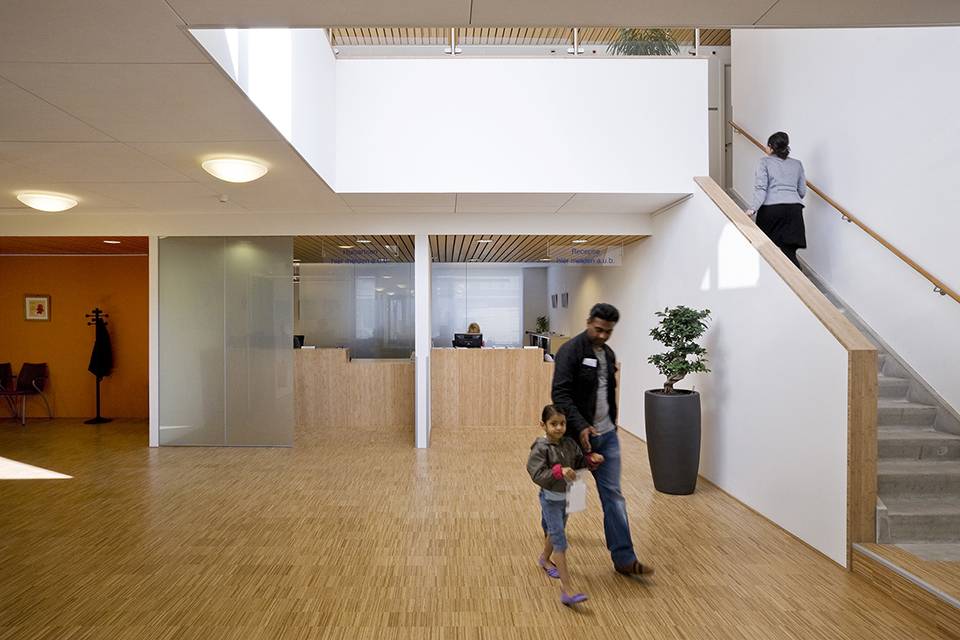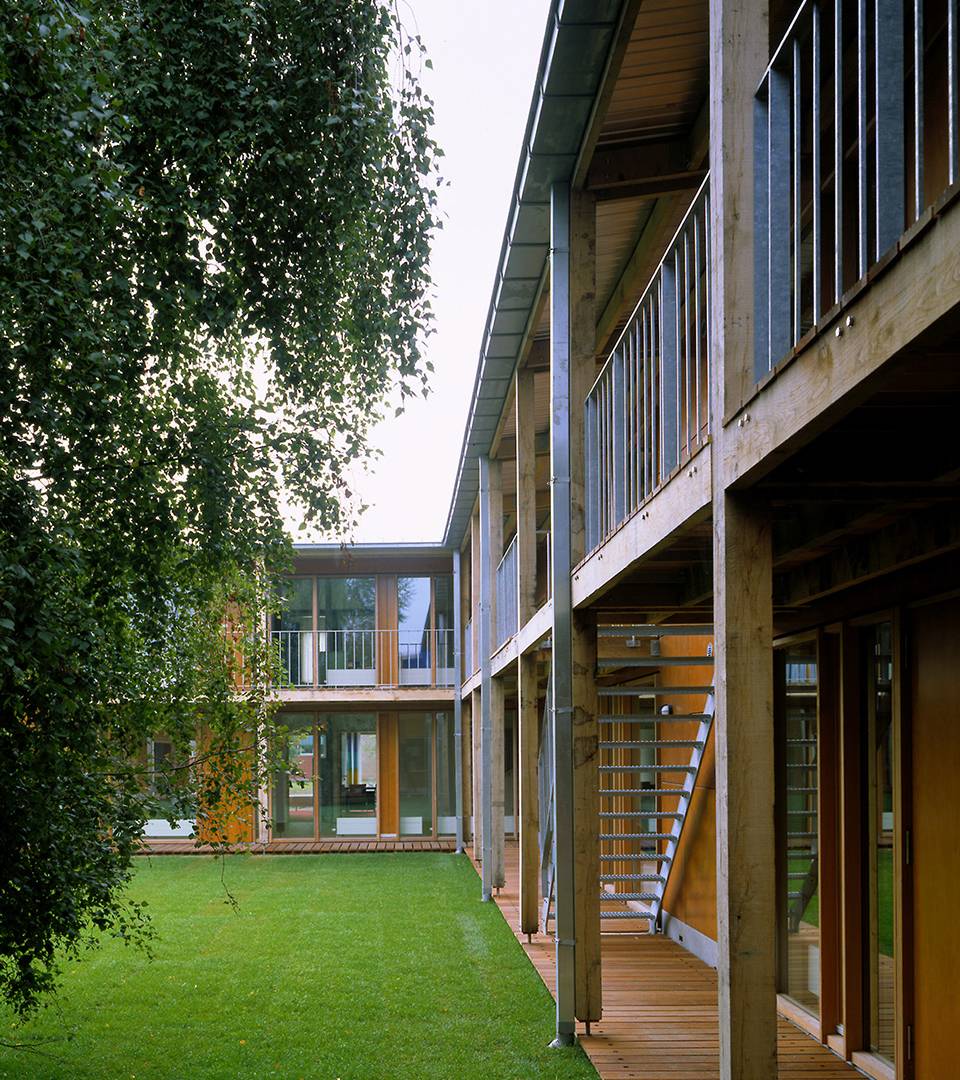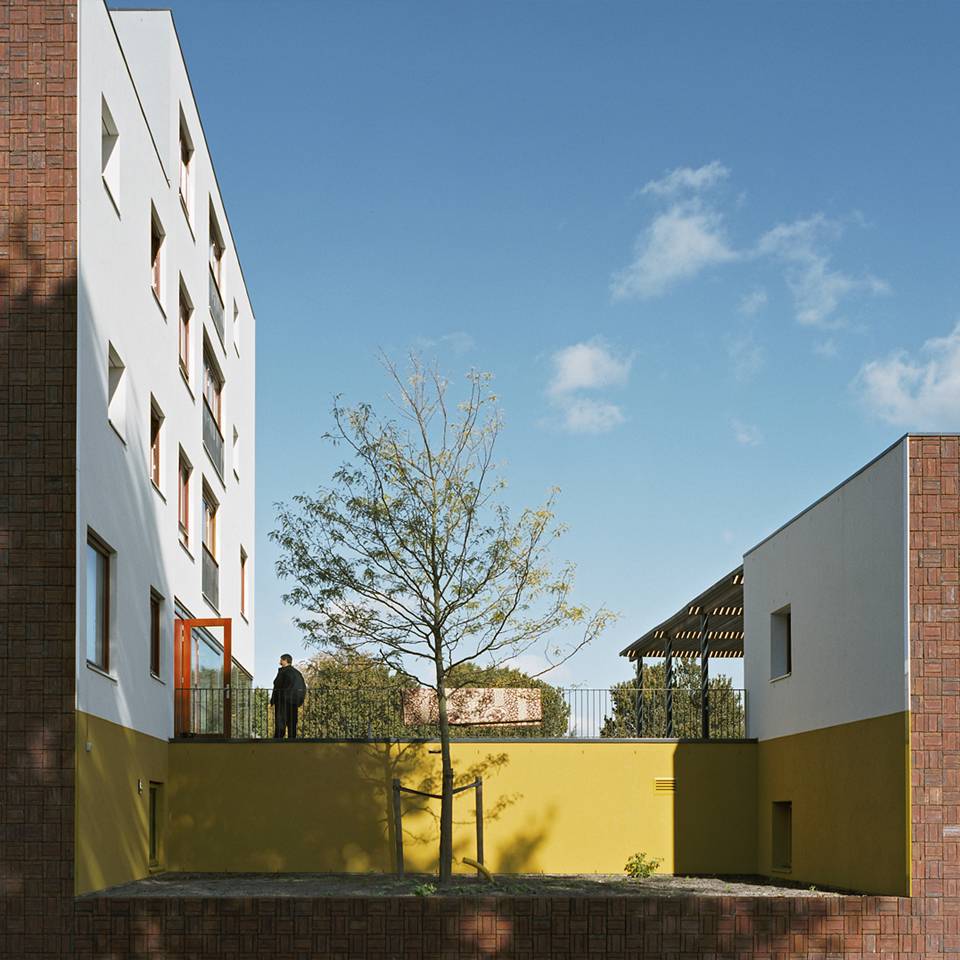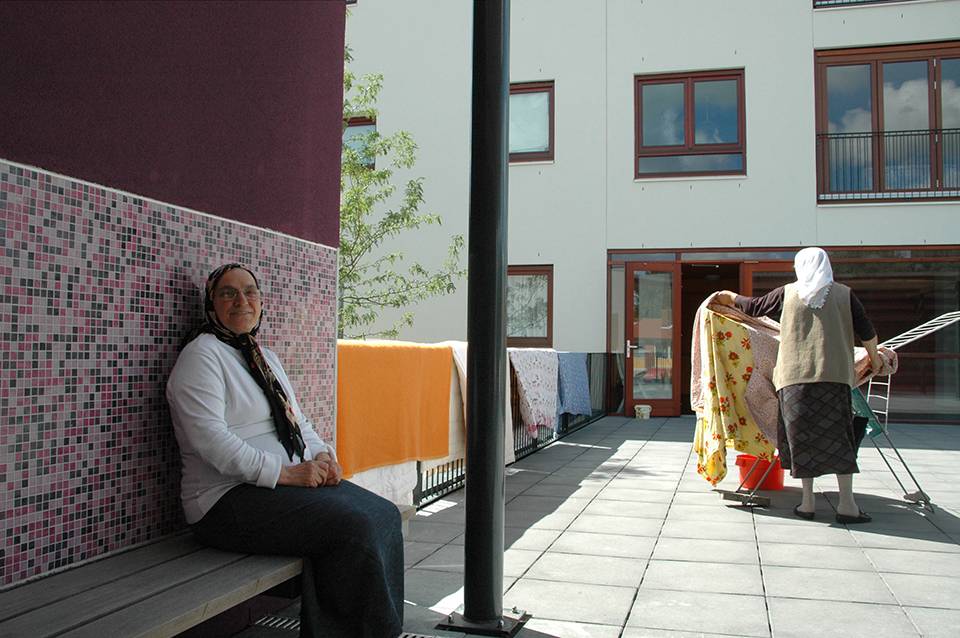
We need to strike the right balance between a sense of peace and quiet, privacy and security on the one hand, and stimuli and challenges on the other. A well-designed spatial structure with clear routing, layout and views, with sufficient area for exercise and leisure, room for privacy as well as meeting places, and access to, or at least visual contact with, nature. An environment that enables patients to make their own choices and that lets loved ones be nearby. The ability to cope and the desire to remain independent for longer in life are essential. Design tools such as spatial quality, routing, views, daylight, natural materials, sight lines for everybody (including small children and bedridden patients), shapes, colours, textures, smells and sound are some of the ingredients that help create a pleasant healthcare building.



